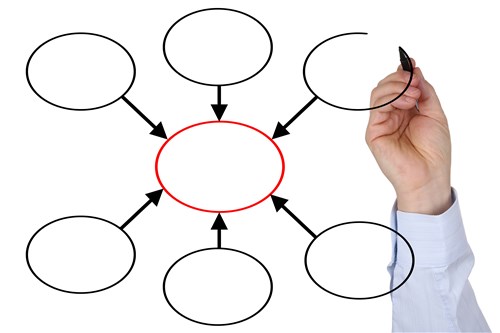
A1. Fundamentals of quality policy and management and qualitative methodology
- Dates
- From 29/09/25 to 24/10/2025
- Credits
- 6 ECTS
- More information
- Neus Gabà
ngaba@fadq.org
+34 93 207 66 08
Objectives
- Analyze the concepts of health and health determinants.
- Discuss different definitions of healthcare quality and analyze the principles of continuous quality improvement.
- Explain the historical background of healthcare quality from ancient times to the present.
- Analyze the general aspects of the most relevant international quality models.
- Identify the phases of the quality evaluation and improvement cycle.
- Apply tools that support each phase of the quality evaluation and improvement cycle.
- Describe the role of individuals in quality evaluation and improvement, with a particular focus on the facilitator role.
- Understand and apply the qualitative approach to quality improvement and its main tools.
Teaching units:
- Definitions of health and well-being
- Health determinants
- Health inequalities
- Definition and dimensions of quality
- Quality in industry and the service sector
- Continuous quality improvement (Basic elements of Total Quality Management / Continuous Quality Improvement)
- Historical evolution of quality in the healthcare sector
- Basic elements of international quality models
- Introduction to the quality evaluation and improvement cycle and its phases. The qualitative approach
- Problem detection and prioritization
- Causal analysis: Ishikawa
- Causal analysis: Pareto
- The role of the facilitator in quality evaluation and improvement
- Flow diagram
- Analysis of improvement actions
- Other tools used in the qualitative approach
- Application of methodology in a real work environment